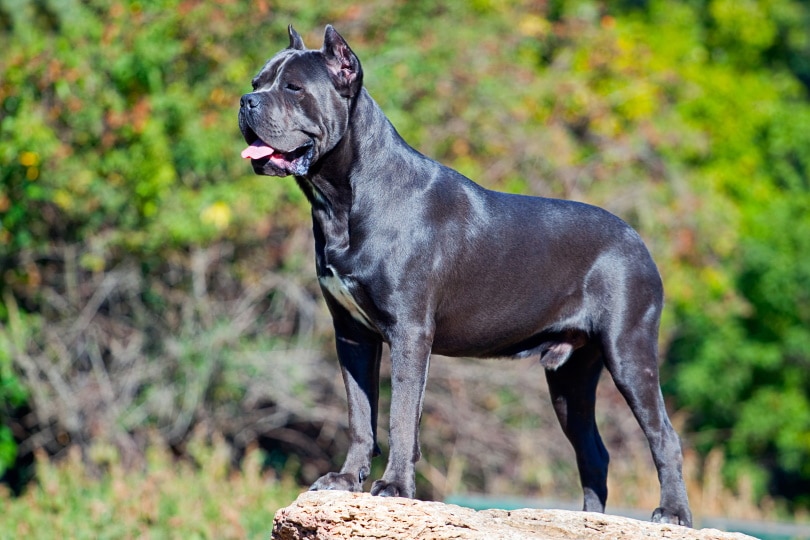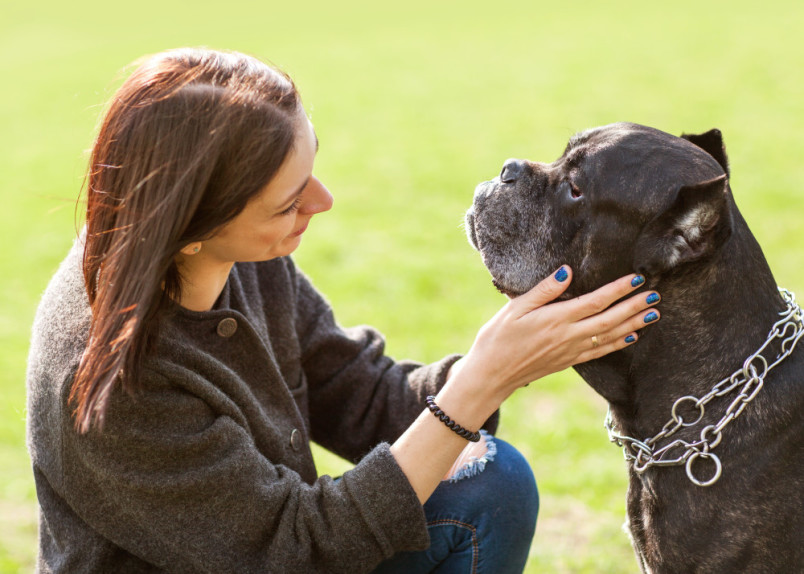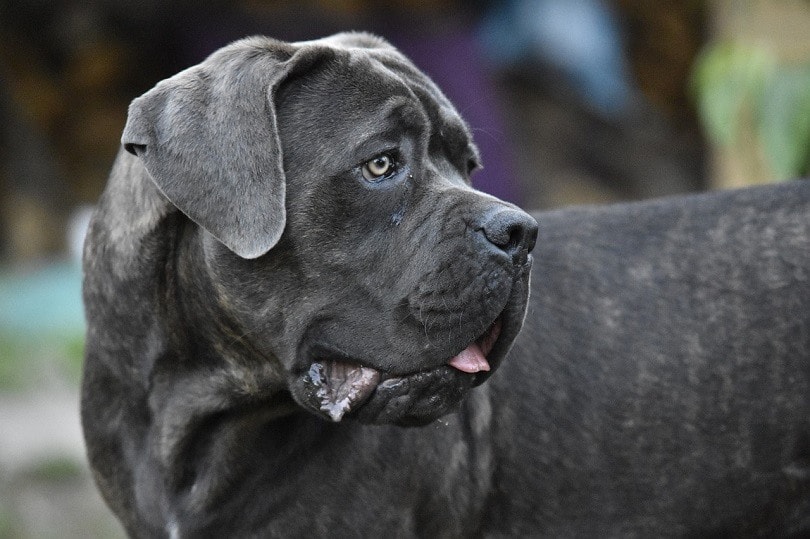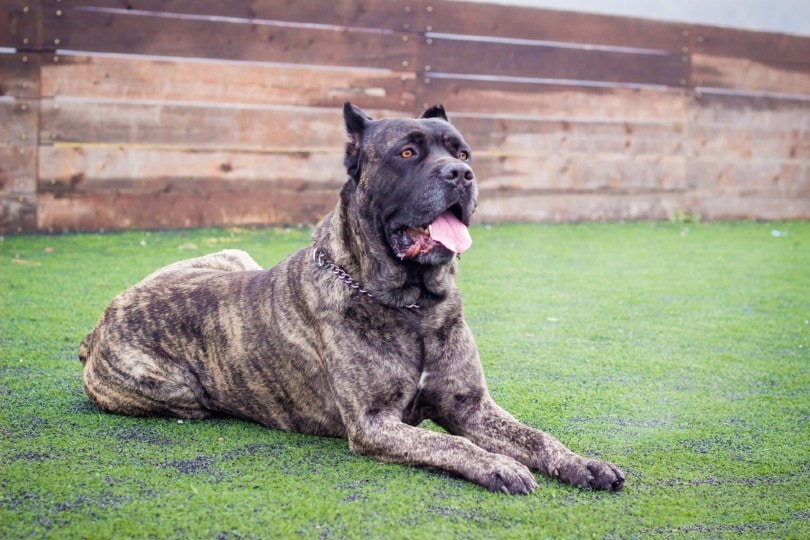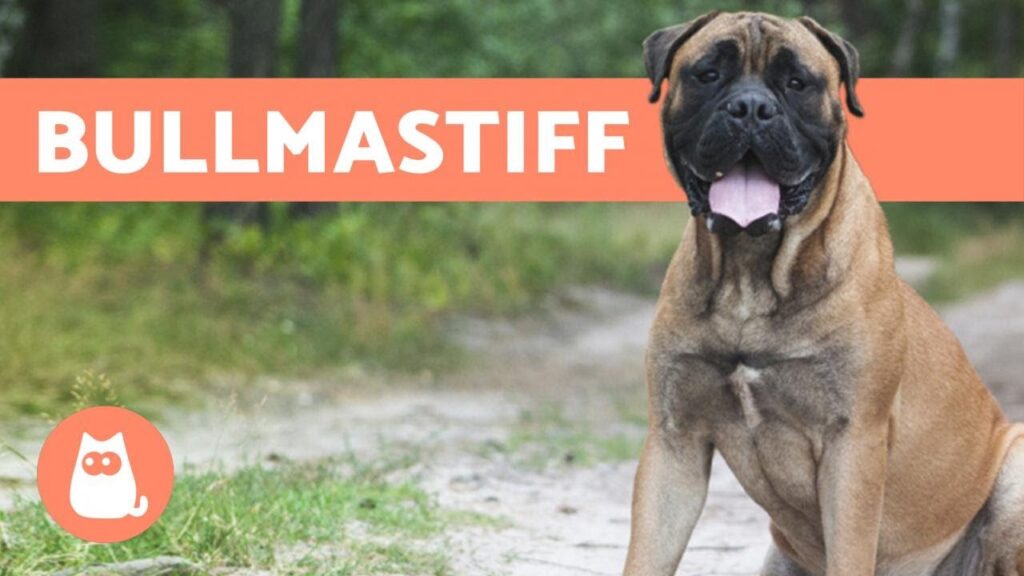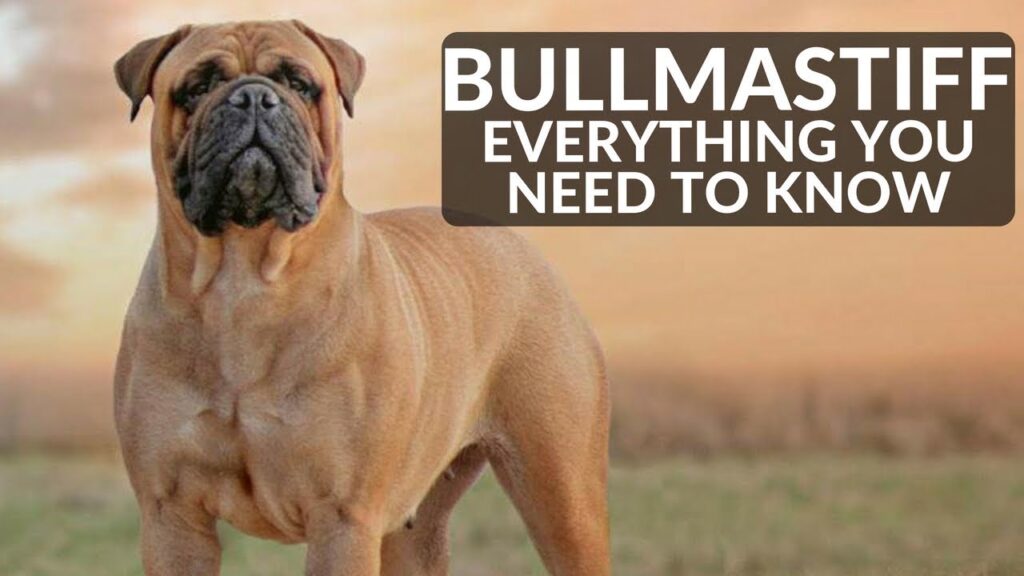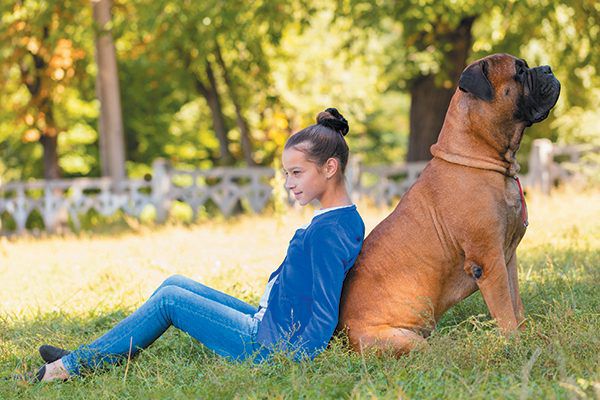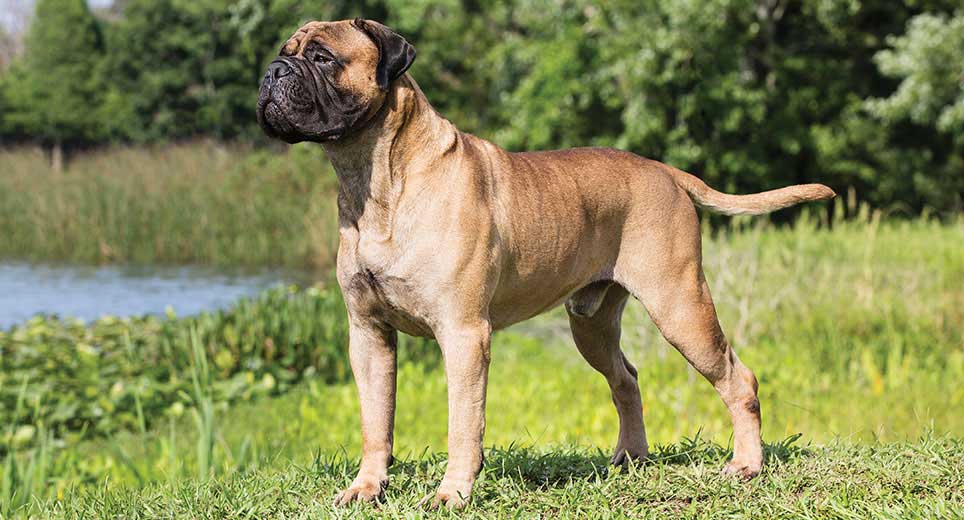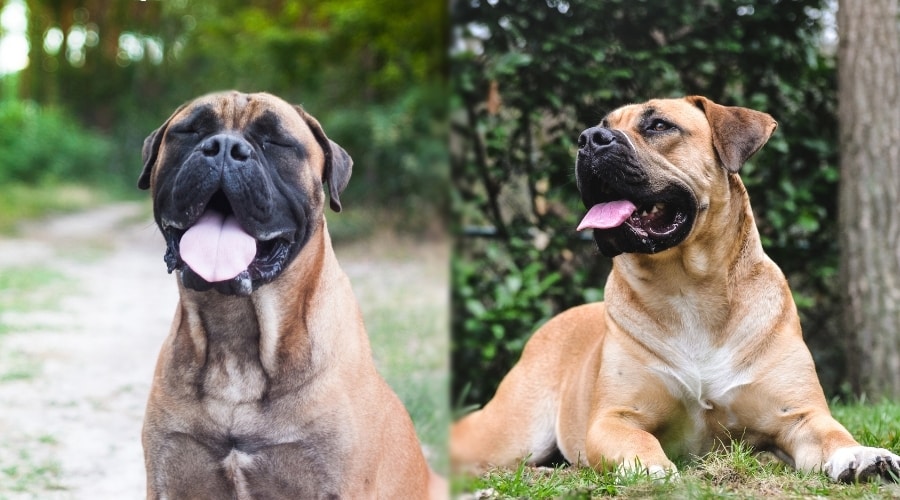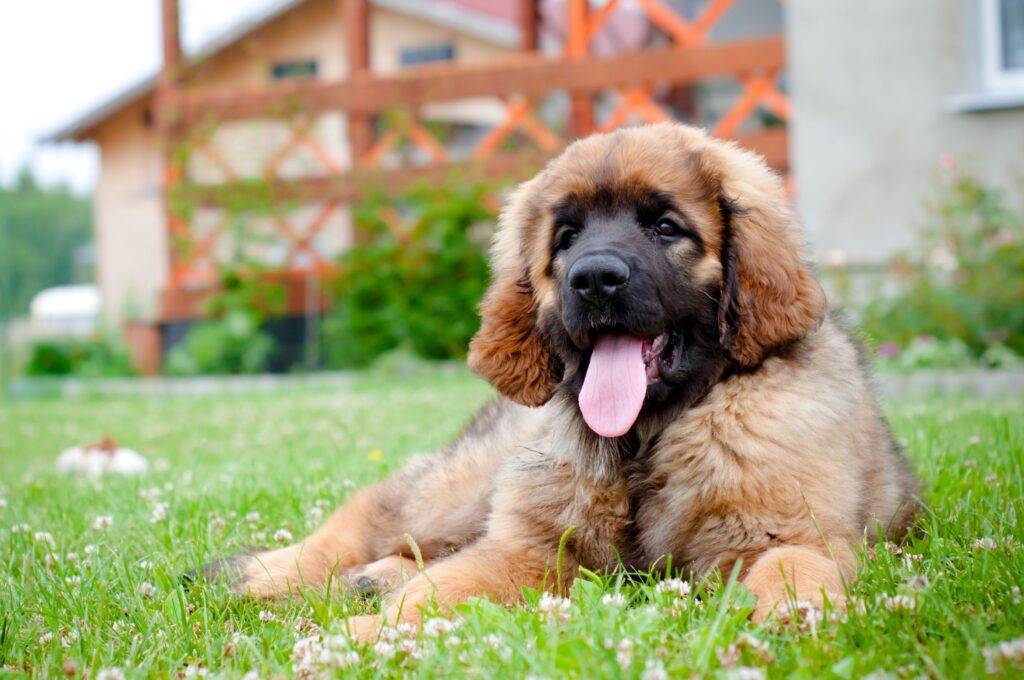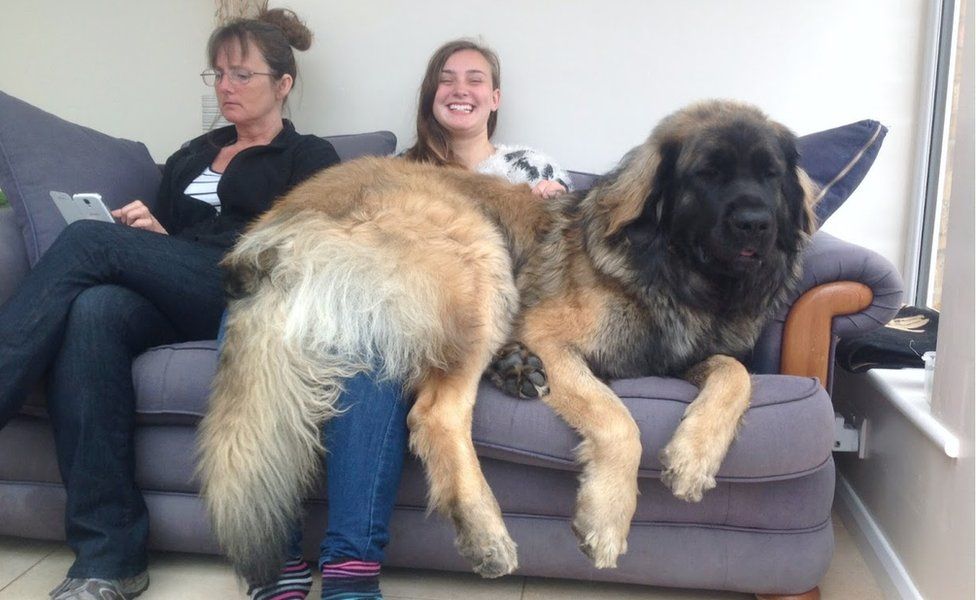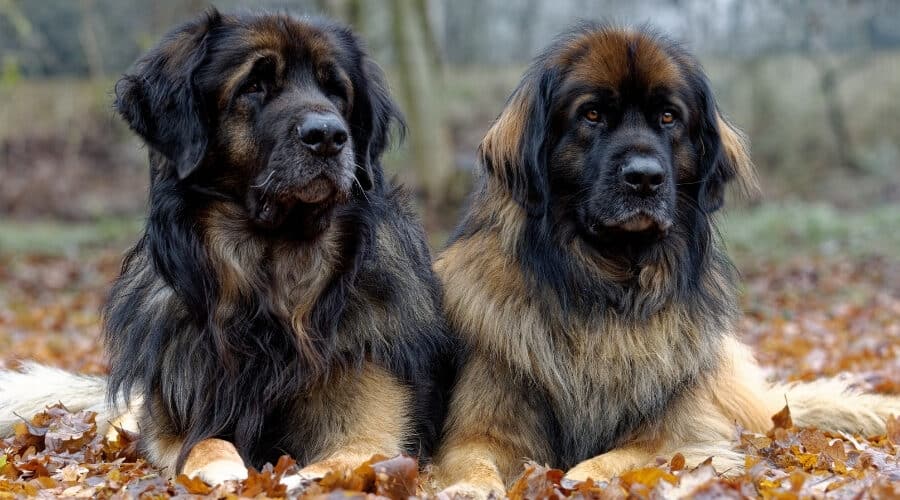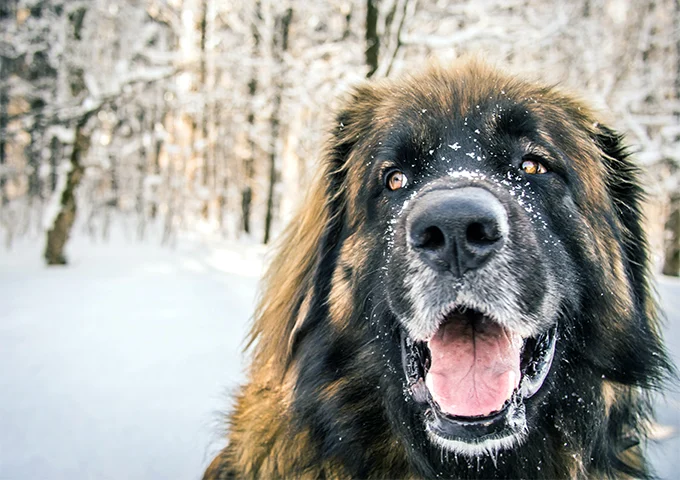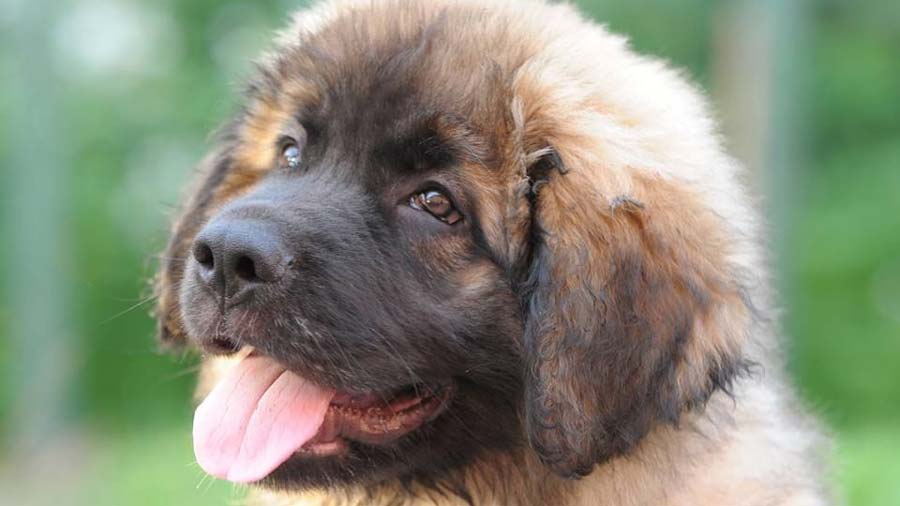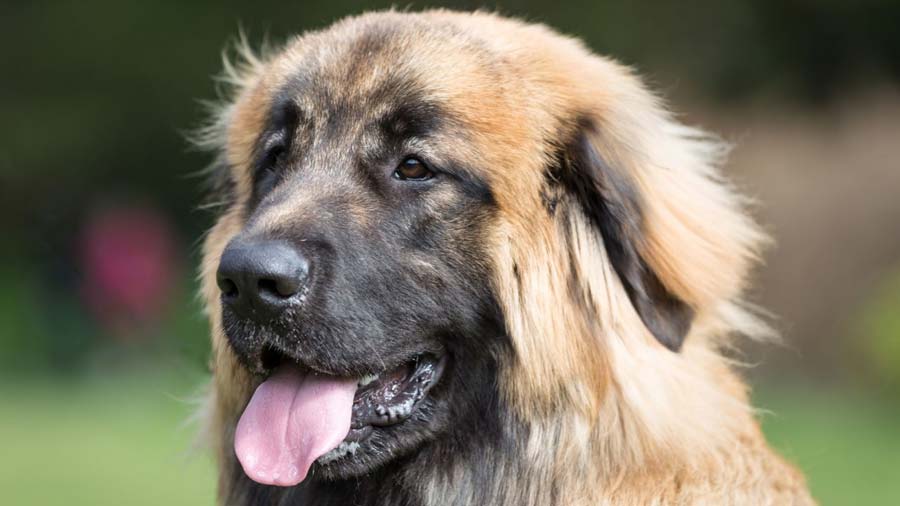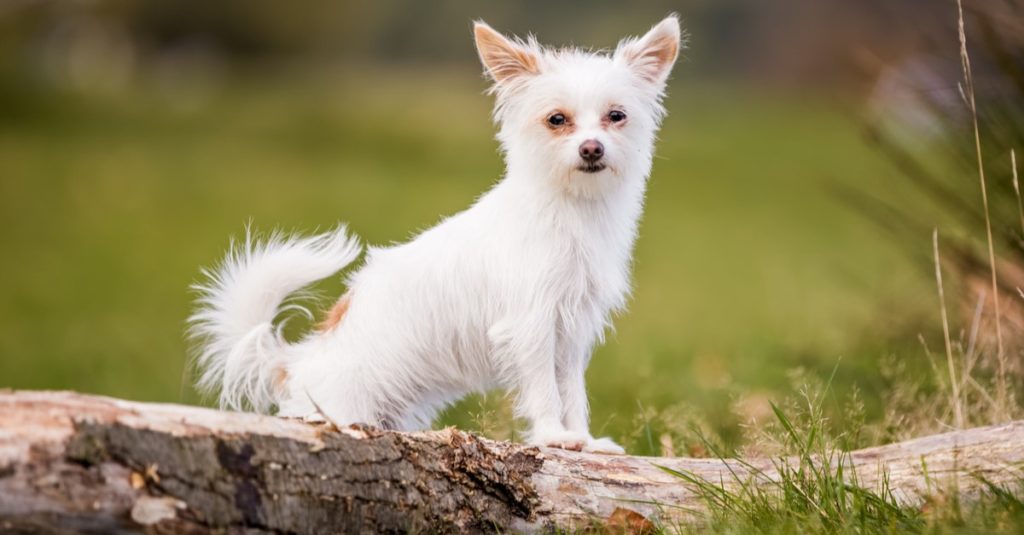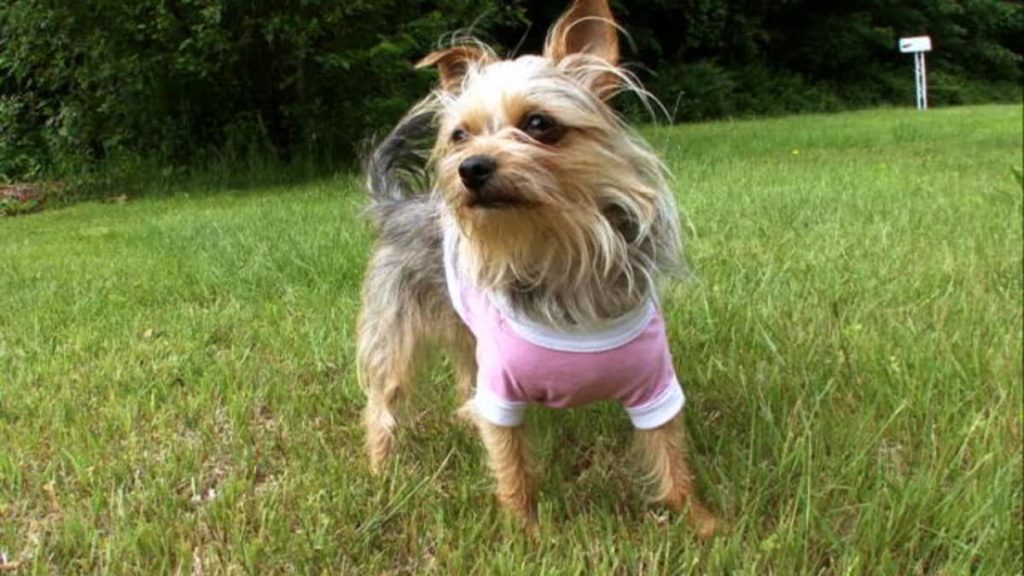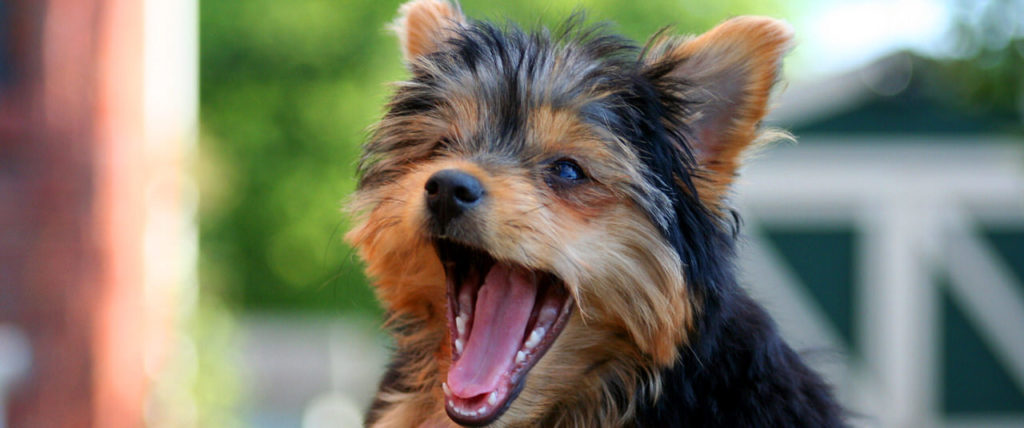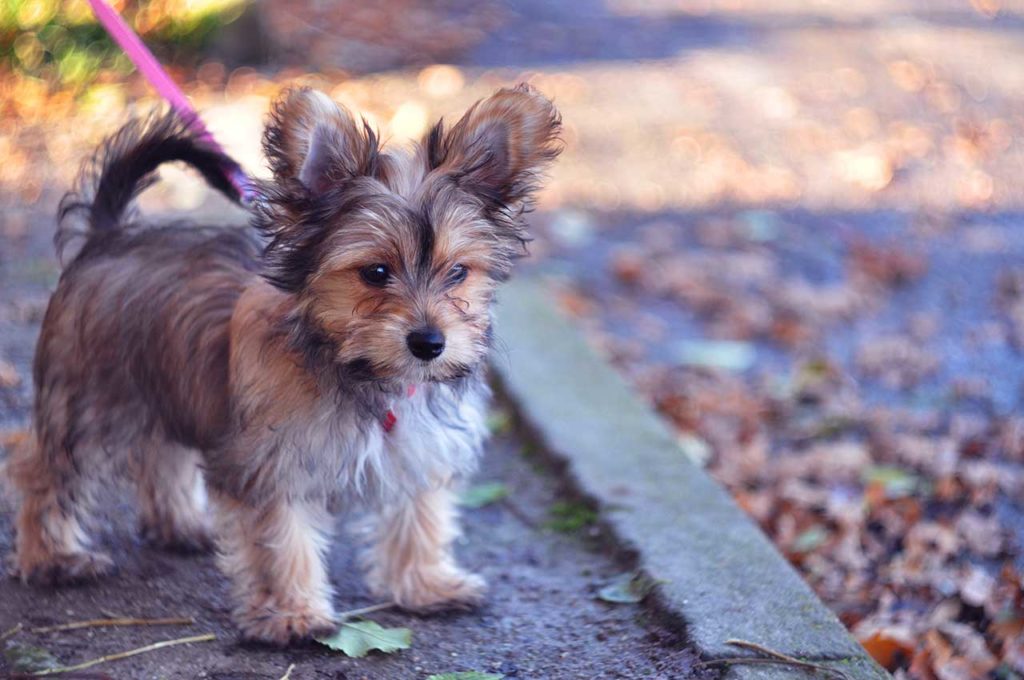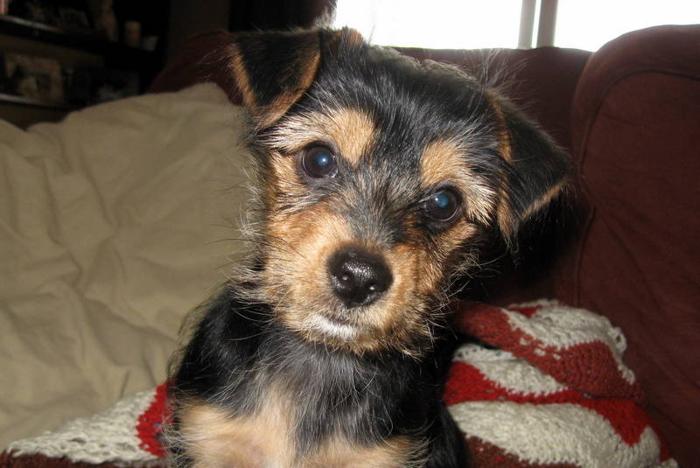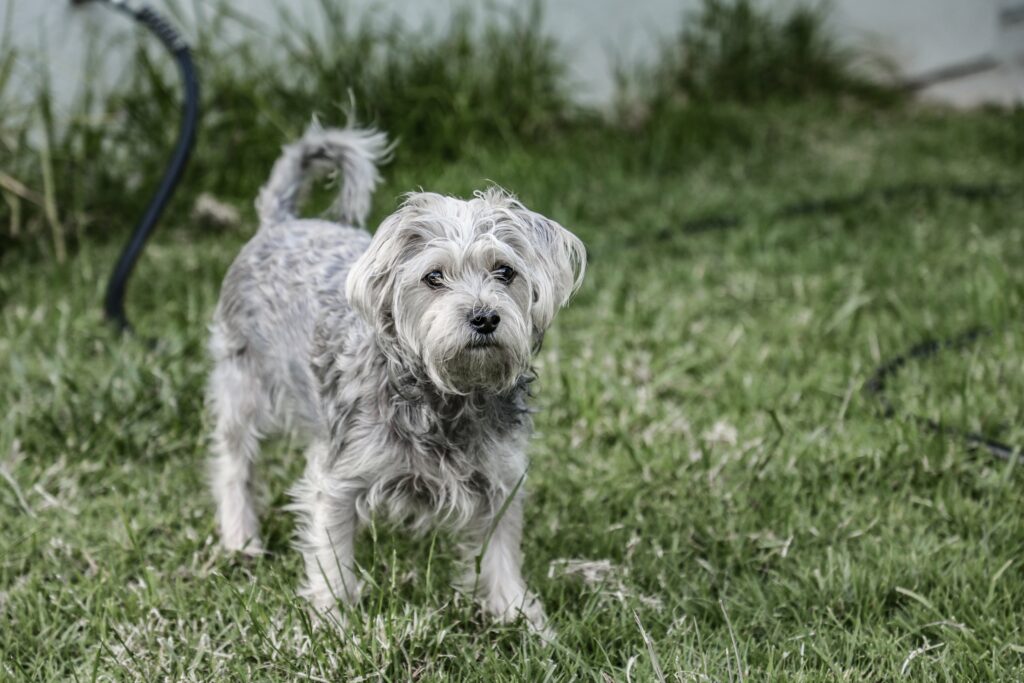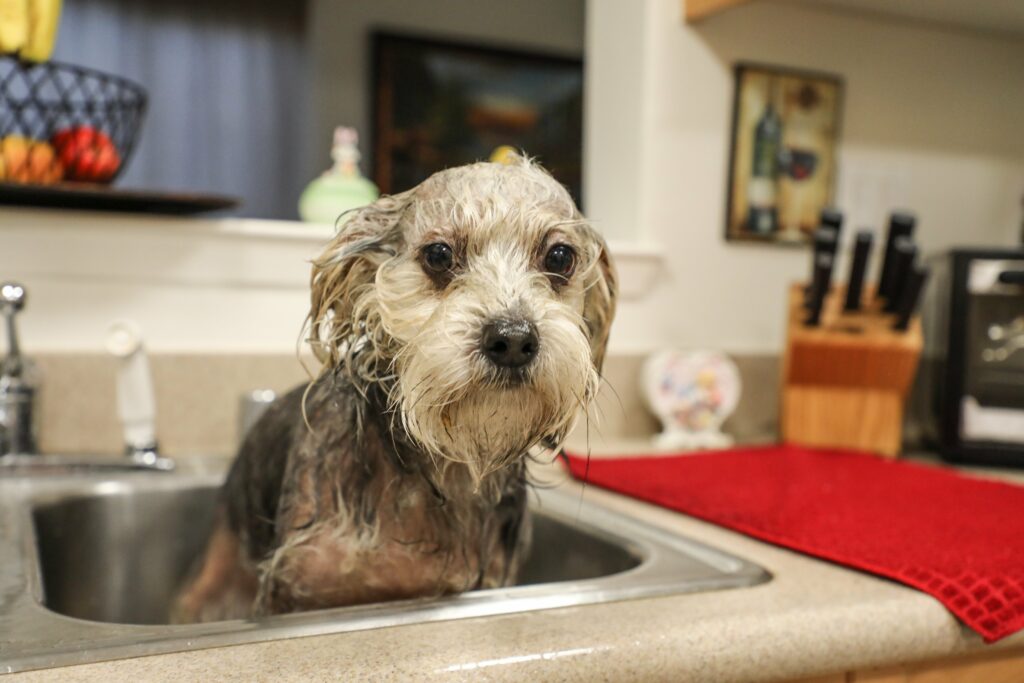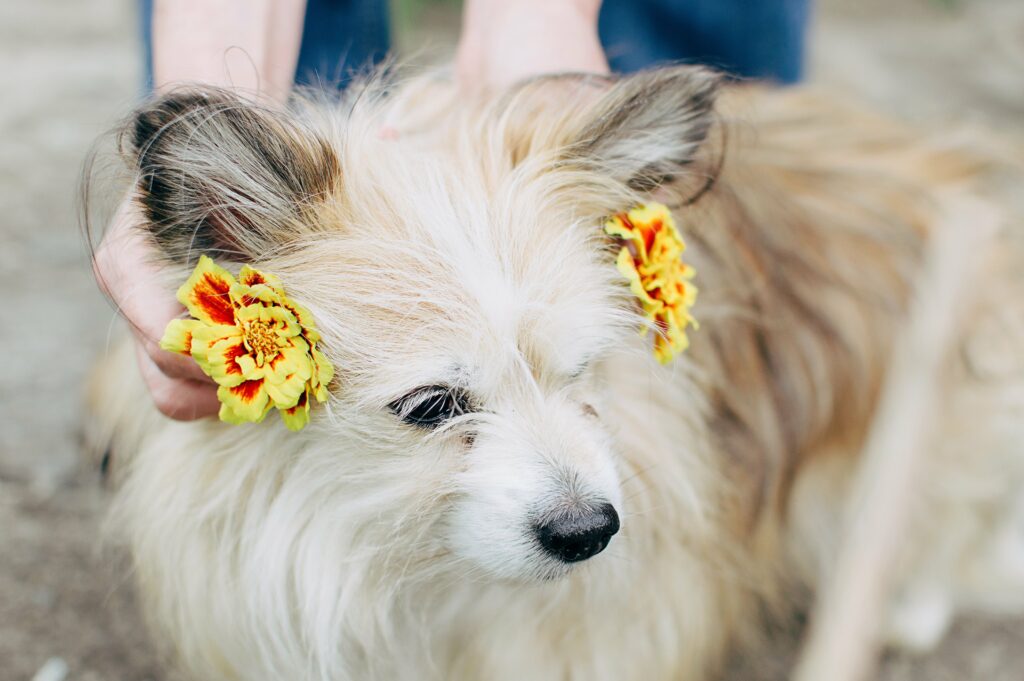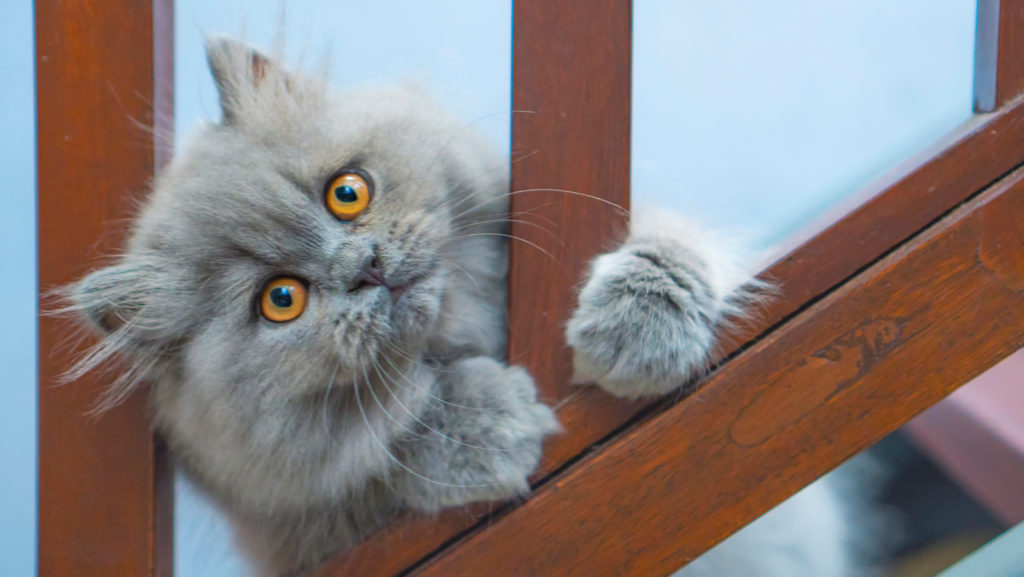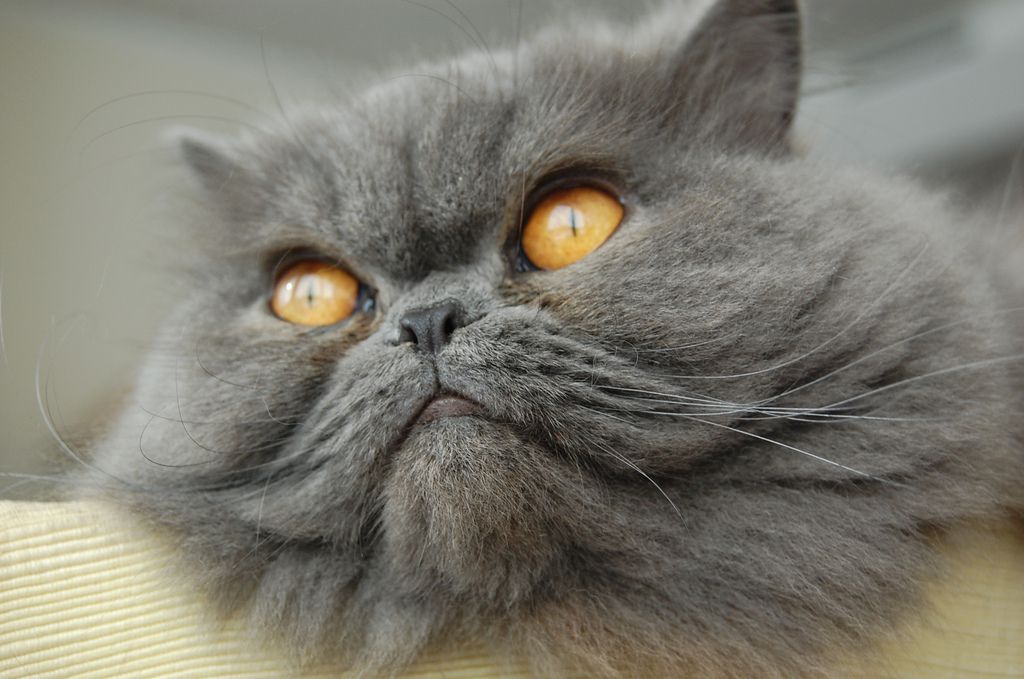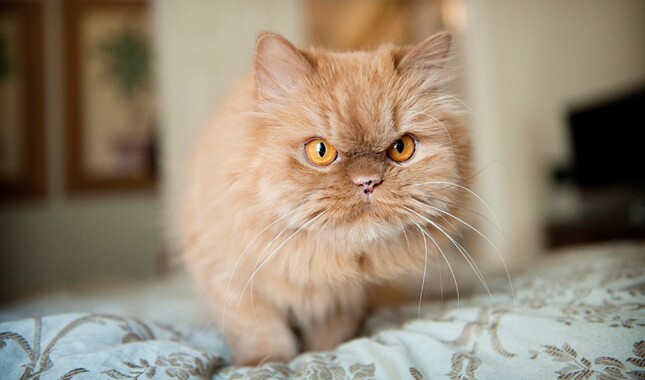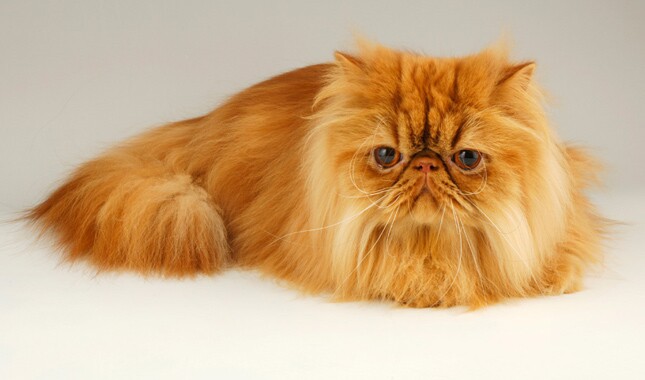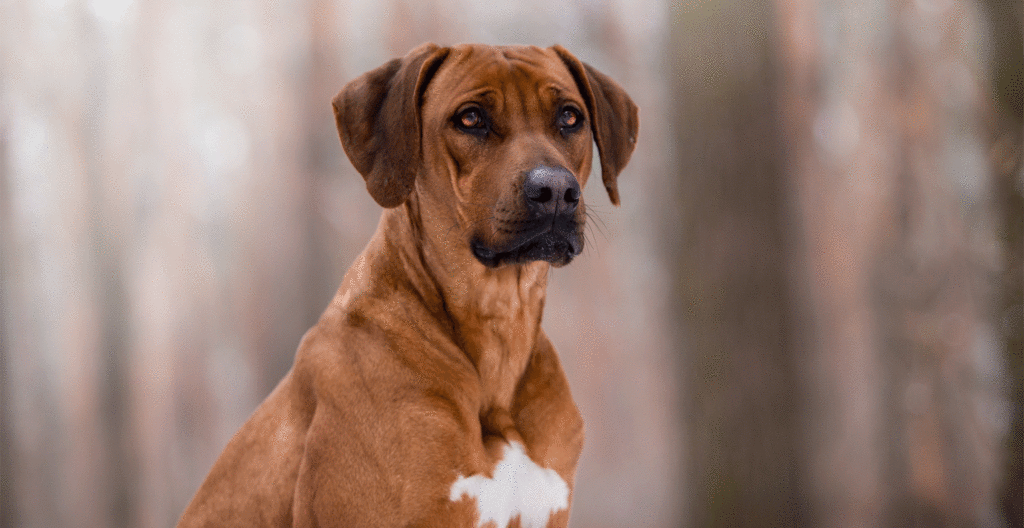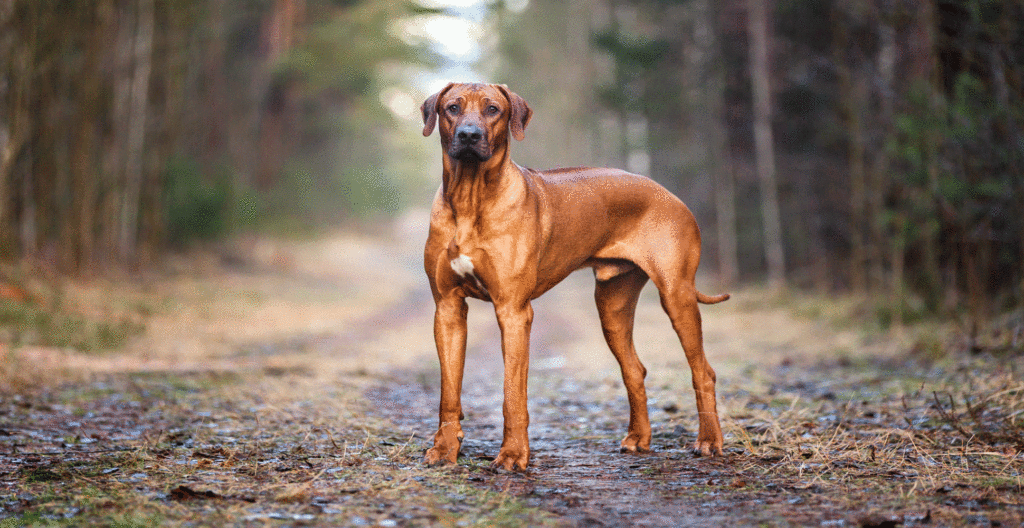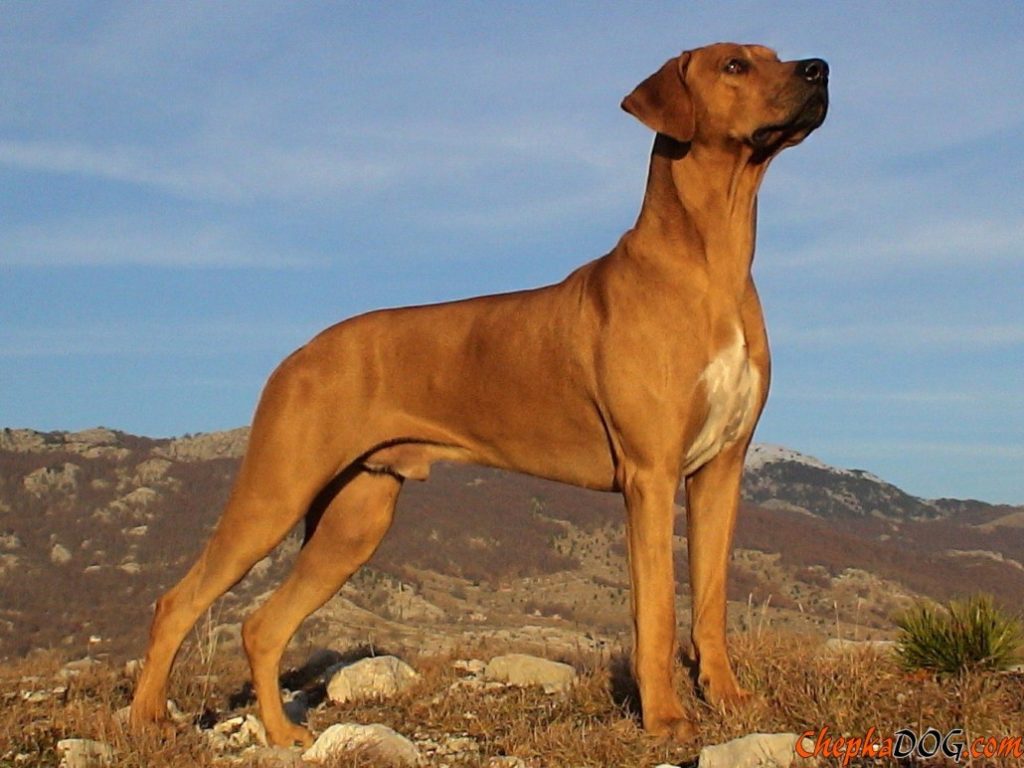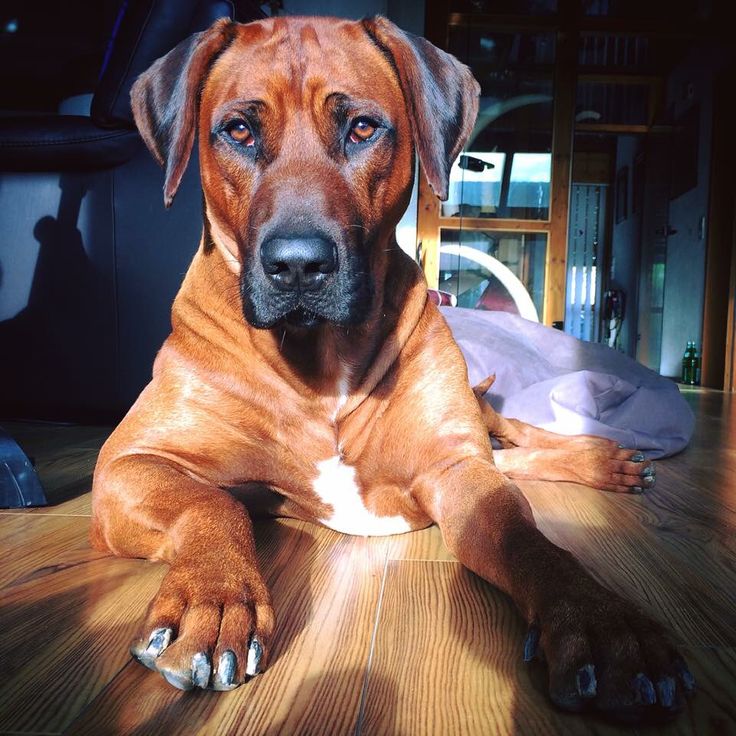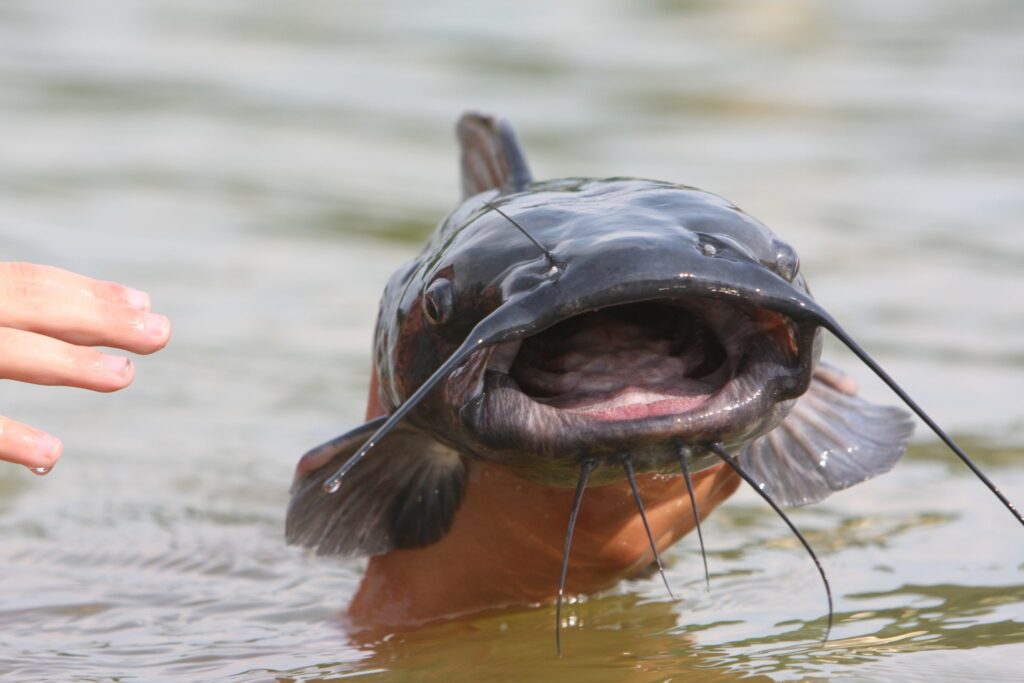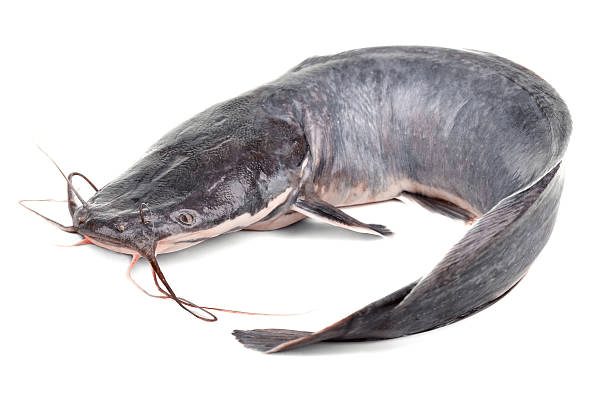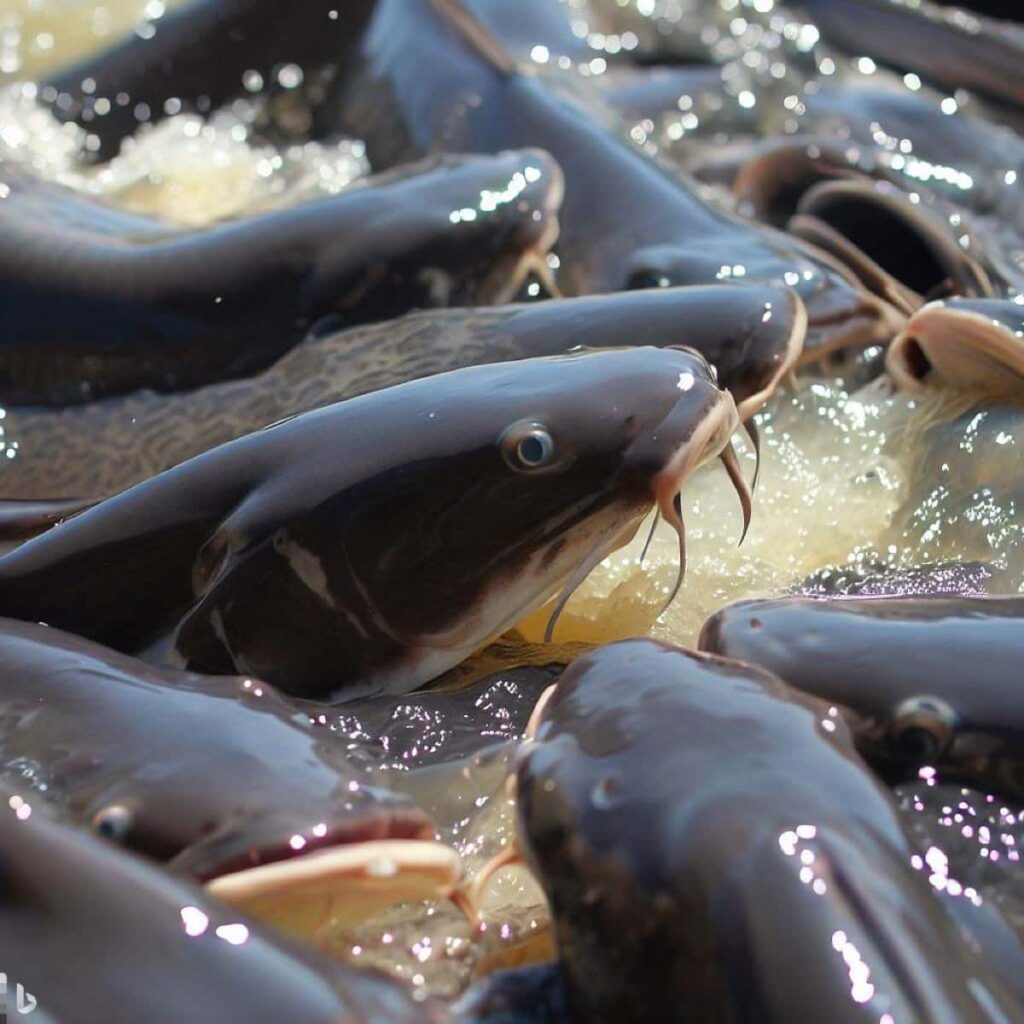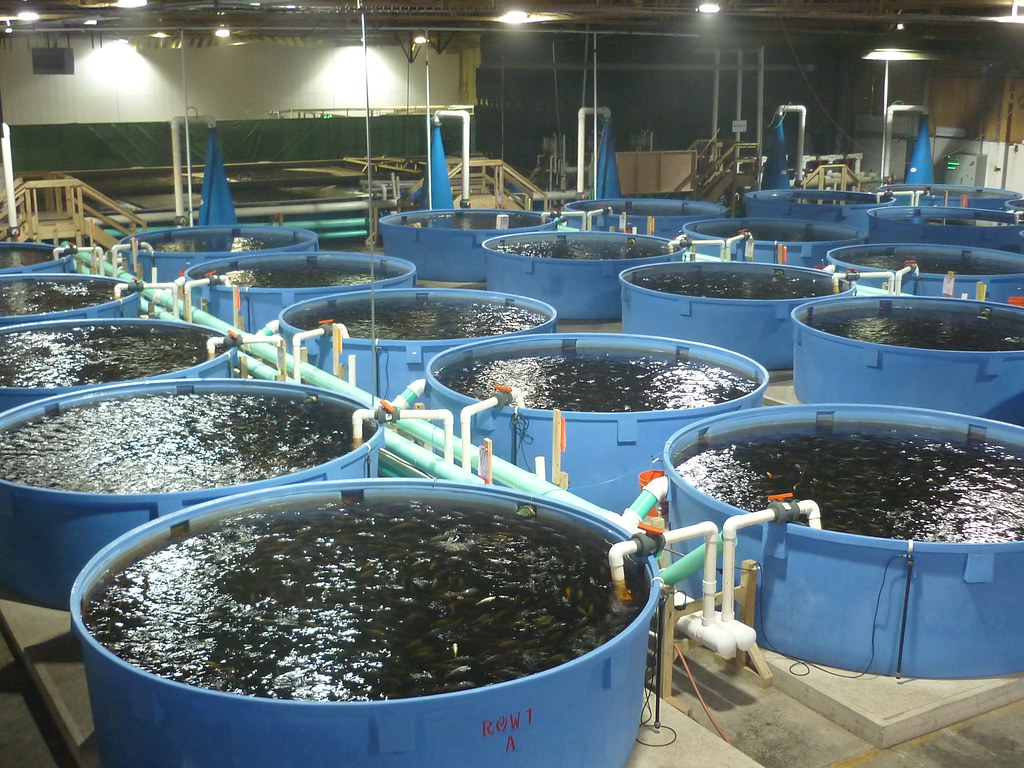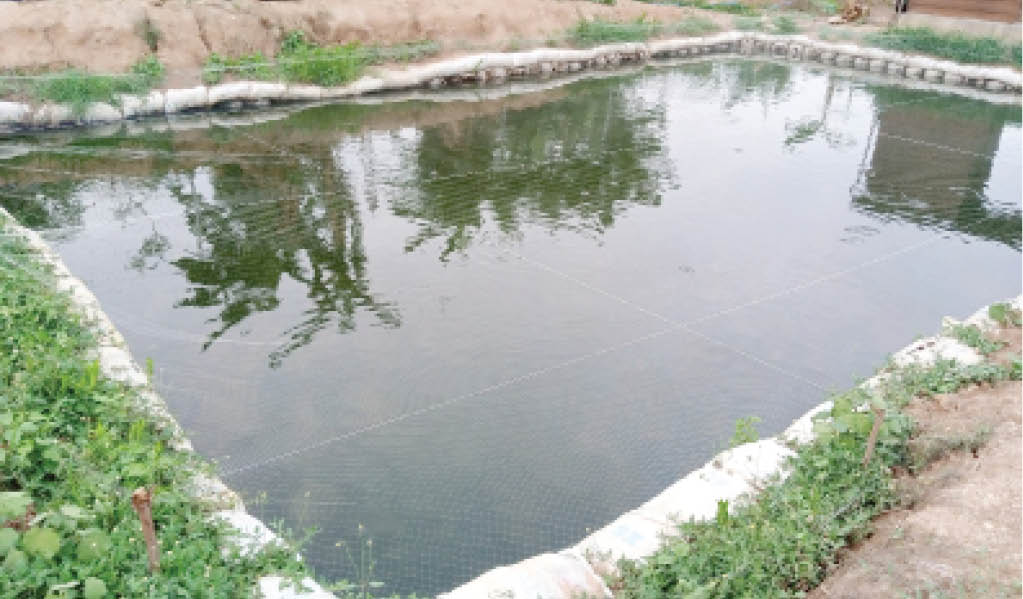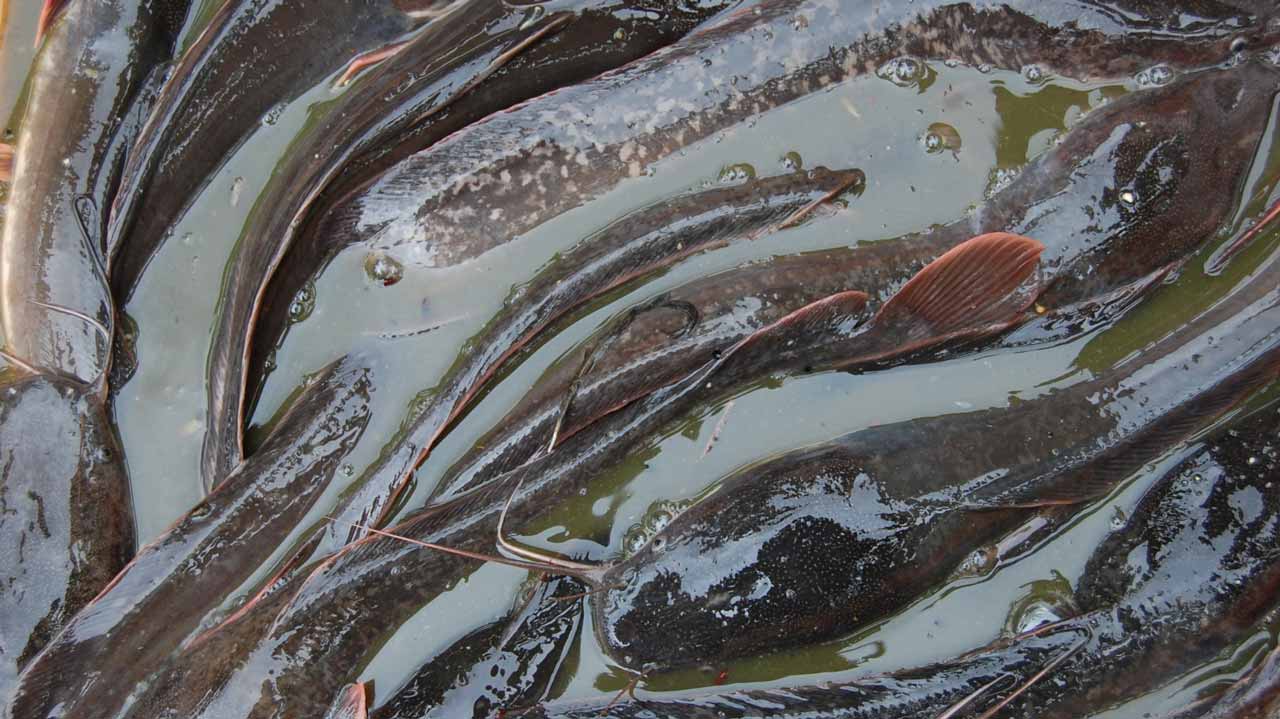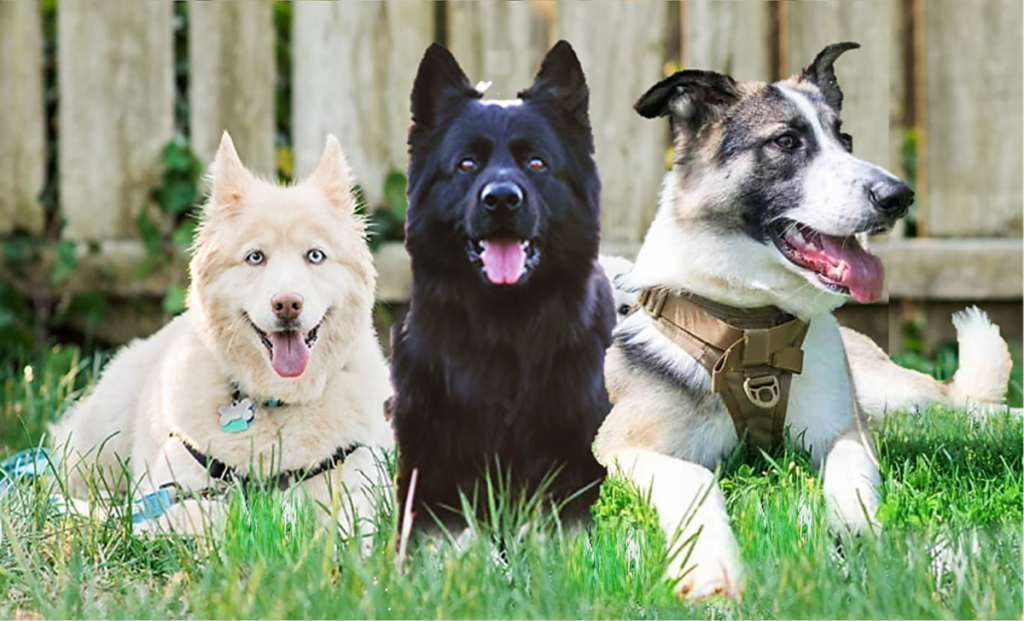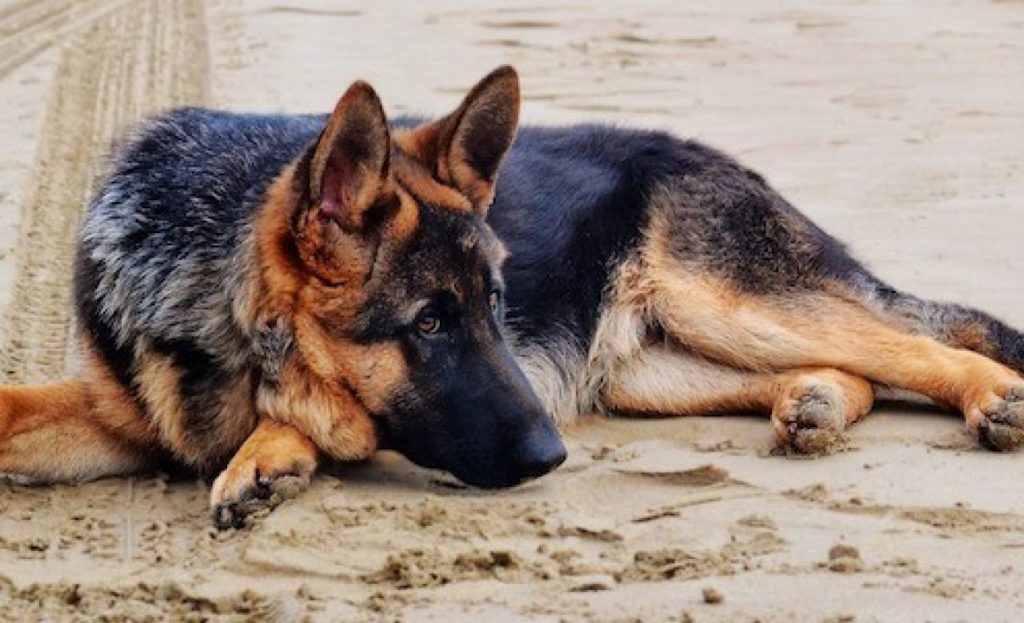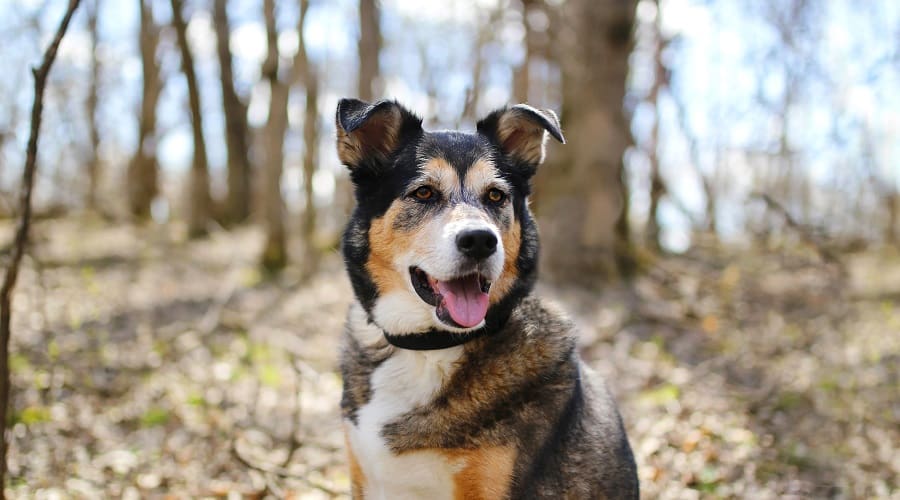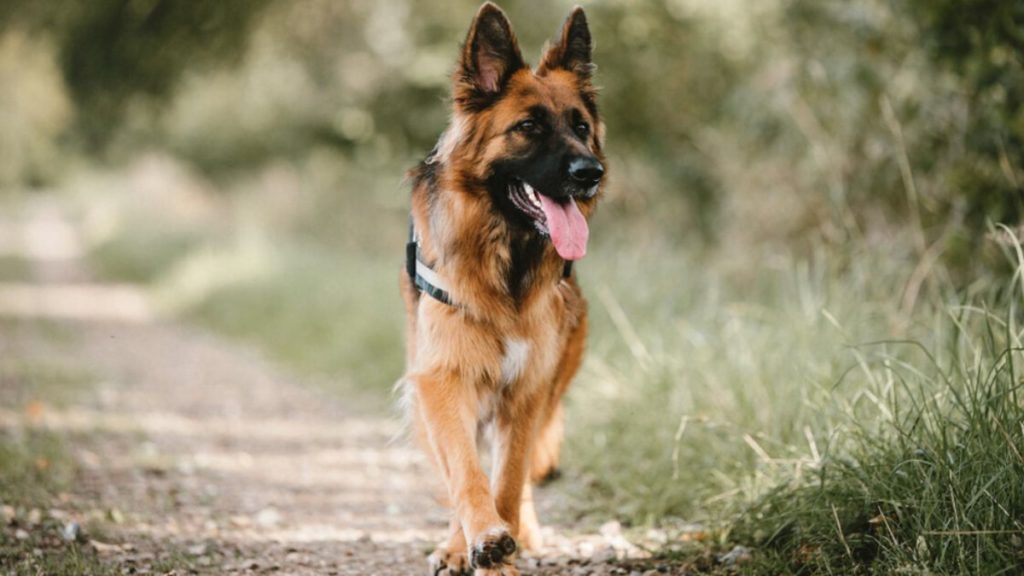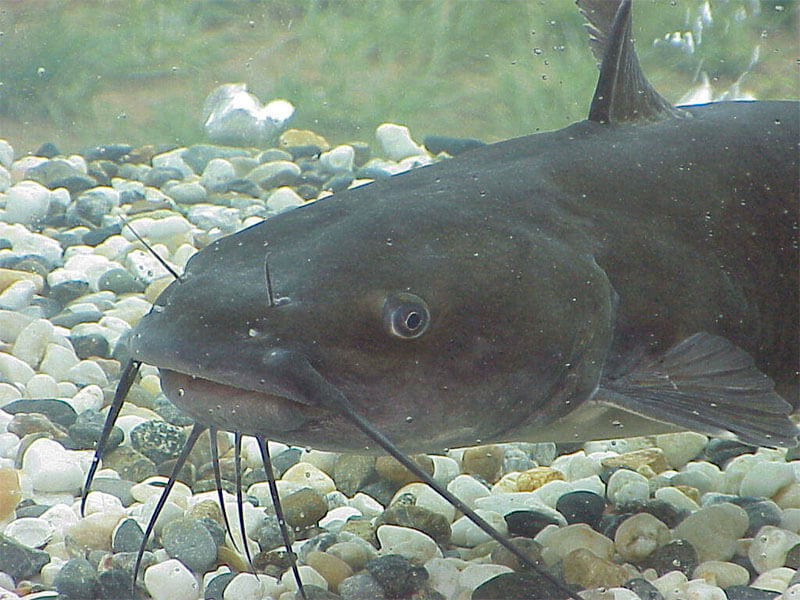Giant Schnauzer puppies are known for their intelligence, loyalty, and playful nature. If you’re looking for a pet companion to join your family, look no further than these charming pups. In this blog post, we’ll explore why Giant Schnauzer puppies make a great addition to any household and provide you with tips on how to care for and train them effectively.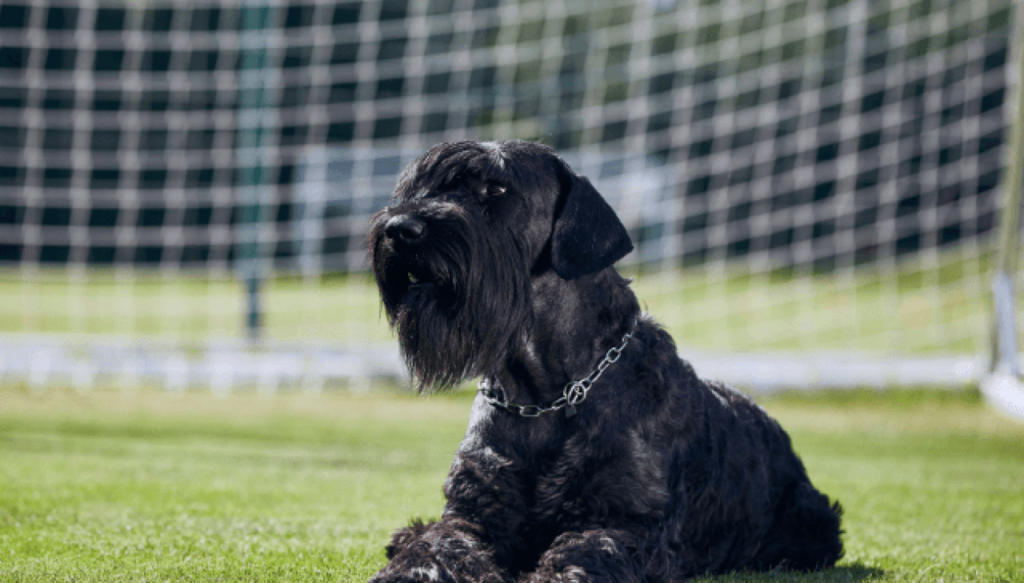
The Giant Schnauzer is a dog breed that originated in Germany in the 17th century. It is the largest of the three Schnauzer breeds, with the Standard Schnauzer and Miniature Schnauzer being the other two. It was created from a variety of breeds. The first Giant Schnauzers appeared in the 17th century in the German states of Bavaria and Württemberg.
Giant Schnauzers were originally regarded to be a rough-coated variation of the German Pinscher breeds, and their thick coats were intended to help them endure the severe German winters and vermin bites. The breed’s origins are unknown, however, it is thought to be a cross between black Great Danes, German Shepherds, Rottweilers, Dobermanns, Boxers, Bouvier des Flandres, Thuringian Shepherds, and the Standard Schnauzer.
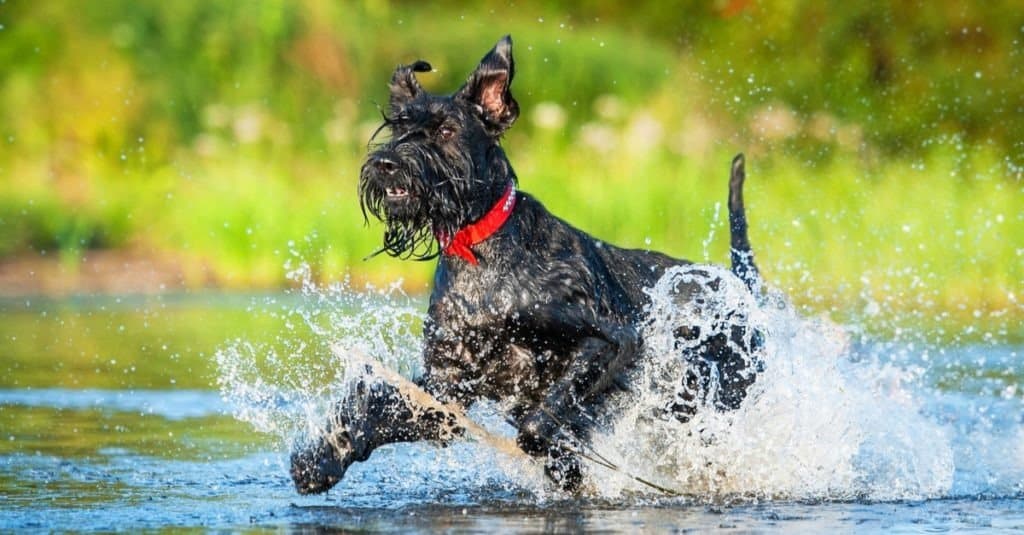
The Giant Schnauzer was developed as a versatile farm dog for protecting livestock and herding livestock to market. The Giant Schnauzer was utilized as a watchdog at Bavaria’s factories, breweries, butcheries, and stockyards before the turn of the century. It was unknown outside of Bavaria until World War I and World War II when it was utilized as a military dog. The first Giant Schnauzers arrived in America in the 1930s, but the breed remained uncommon until the 1960s when it became fashionable. The American Kennel Club (AKC) recognized 23 new Giant Schnauzers in 1962. Giant Schnauzers were recruited for police service in Berlin and other German cities in the early 1900s, and it became their main job.
Why Choose Giant Schnauzer Puppies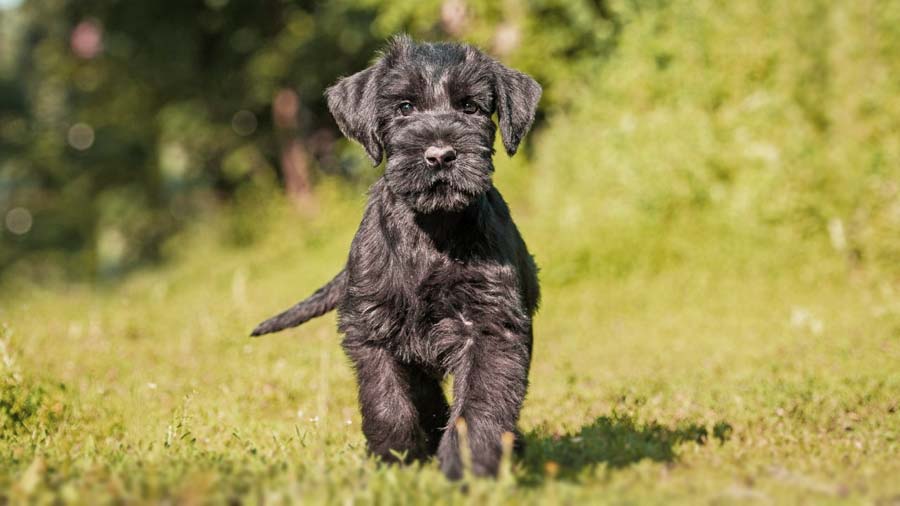
Giant Schnauzers are a robust and spirited breed that thrives on human companionship. Here are some reasons why choosing a Giant Schnauzer puppy could be the best decision you’ll ever make:
- Loyalty: Giant Schnauzers are known for their unwavering loyalty to their owners.
- Intelligence: These pups are highly intelligent and quick learners, making them easy to train.
- Protective Nature: Giant Schnauzers make excellent guard dogs, thanks to their protective instincts.
- Playful Personality: Despite their imposing size, Giant Schnauzers have a playful and energetic demeanor, making them great playmates for both kids and adults.
Giant Schnauzer Puppies Body Characteristics
- The magnificent Giant Schnauzer puppies is a huge dog breed with characteristics similar to the smaller standard and miniature schnauzers. The royal and magnificent body of this breed, which has an air of authority due to its big stature, attracts attention. When measured from the withers to the base of the tail, the head is half the length of the dog’s back.
- The cheeks are not only flat but also well-muscled. The Giant Schnauzer’s beard and eyebrows are formed by the fur on his face. It has a long and sharp stride. The ears are little button ears carried high on the head, and the tail is lengthy. It’s possible that it’ll be docked and the ears clipped where it’s legal.
- A male Giant Schnauzer weighs 60 to 80 pounds and reaches 25.5 to 27.5 inches tall at the shoulder. Females range in height from 23.5 to 25.5 inches and weigh between 55 and 75 pounds. Some canines are shorter or taller than others. The coat is dense, wiry, and resistant to the elements. A silky coating lies beneath it.
- A rough beard and brows, typical of Schnauzers, may be seen on the face. Solid black or pepper and salt coats are available. Black and white hairs, as well as white hairs bordered with black, make up the pepper-and-salt hue. The pepper-and-salt coat seems gray from a distance.
Giant Schnauzer Dog Behavior
Giant Schnauzers are known for being calm dogs. The Schnauzer Dog Breed is naturally cautious of strangers and can be quite territorial as a result of its breeding. It is frequently open to meeting new people or experiencing new circumstances. It has the ability to be combative. Children have been reported as trusting giant Schnauzers.
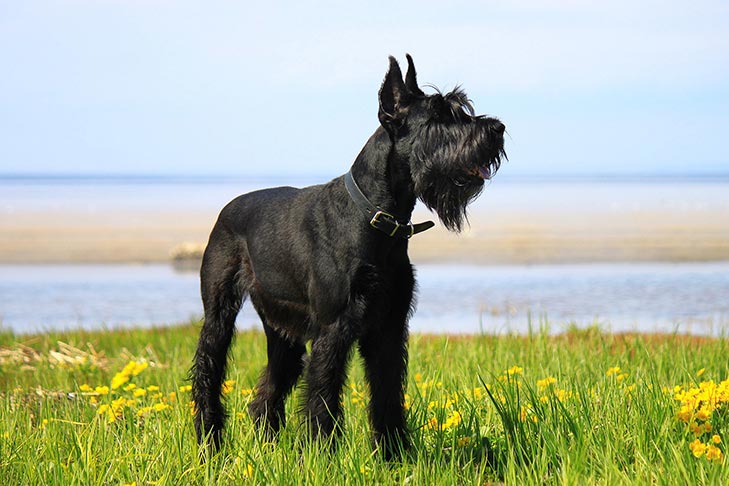
They have a high level of intelligence and are easily bored. They’re also incredibly spirited and energetic, which, when combined with boredom, can lead to undesirable and dangerous behavior. They are easy to teach and extremely devoted to their owner. They have a reputation for becoming quite attached to their owners.
The Giant Schnauzer combines the affectionate nature of a companion dog with the aggressiveness, fearlessness, and activity of a guard or working dog. Their intelligence, on the other hand, might be a problem for an untrained trainer. Giant Schnauzers require strong and continuous training. They’re perfectly capable of thinking for themselves and conducting the family the way they think it should be conducted without it.
Giant Schnauzers, like all dogs, require early socialization and exposure to a variety of people, sights, sounds, and experiences. Socialization is important for your Schnauzer puppy’s development as a well-rounded dog.
Giant Schnauzer Dog Training
Firmness and constancy should be used when training them. They can be obstinate, and you must be even more so. You must have the ability to lead without using physical force or harsh words. Positive training tactics that keep your Giant Schnauzer on their toes will elicit enthusiastic responses from your Giant Schnauzer. Working with a trainer who is familiar with and understands the breed is ideal.
Giant Schnauzer Dog Caring
To avoid its guarding instincts from becoming a problem, this dog requires a job and plenty of training. This breed will benefit from early socialization and regular obedience training to become a well-adjusted companion.
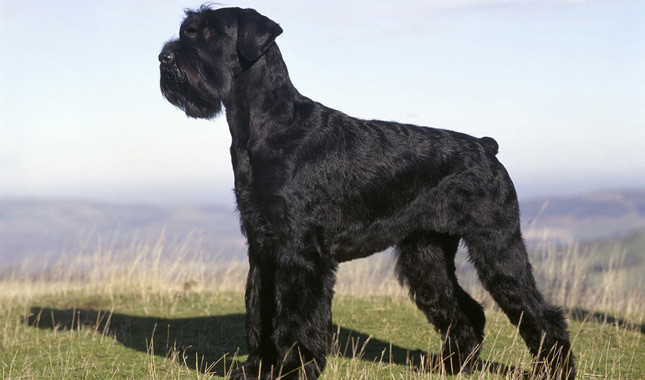
Caring for a Giant Schnauzer puppy requires time, effort, and dedication. Here are some essential care and training tips to ensure your new Giant Schnauzer puppies grows up to be a well-behaved and happy companion:
- Regular Exercise: Giant Schnauzers are high-energy dogs that require plenty of daily exercise to stay healthy and happy.
- Proper Nutrition: Feed your puppy a balanced diet rich in nutrients to support their growth and development.
- Socialization: Expose your puppy to various people, animals, and environments from a young age to help them become well-adjusted adults.
- Consistent Training: Use positive reinforcement techniques to train your Giant Schnauzer puppy effectively and reinforce good behavior.
This enormous dog will need plenty of exercises and a spacious backyard. Allow about an hour for two long and vigorous walks per day. Running and hiking are ideal hobbies for the breed, and such activities will exhaust both the mind and the body. A schnauzer’s wiry double coat necessitates regular brushing. Brush your dog once a week and bathe it as needed.
Fun Activities for Giant Schnauzer Puppies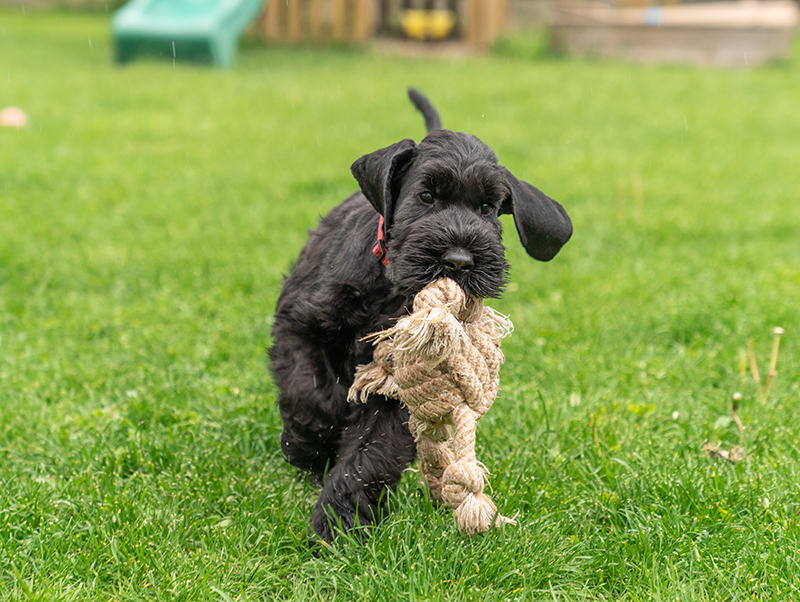
Keeping your Giant Schnauzer puppy engaged and entertained is essential for their overall well-being. Here are some fun activities you can enjoy with your Giant Schnauzer puppies:
- Agility Training: Set up an agility course in your backyard to challenge your puppy both mentally and physically.
- Outdoor Adventures: Take your Giant Schnauzer puppy on hikes, runs, or trips to the beach to satisfy their adventurous spirit.
- Interactive Toys: Invest in interactive toys that stimulate your puppy’s mind and keep them entertained for hours.
Giant Schnauzer Dog Health
Dysplasia of the hips and elbows is very prevalent. Keratoconjunctivitis sicca, glaucoma, cataracts, multifocal retinal dysplasia, and generalized progressive retinal atrophy are all common eye disorders in Giant Schnauzers. Skin problems such as seasonal flank alopecia, vitiligo, and follicular cysts are also common in them.
Skin cancer is common in dark-colored dogs. Diseases of the bones and joint disorders are also a problem. Lymphoma and liver cancer are the most common reasons for death in Giant Schnauzers, preceded by heart attacks and heart failure. The average lifespan is between 12 and 15 years.
RECOMMENDED ARTICLES
- Bullmastiff Dog – 6 Captivating Physical Appearance, Training And Health
- Cane Corso Dog Breed – 7 Physical Appearance, Characteristics, Caring & Health
- Doberman Pinscher Dog – 3 Superb Physical Characteristics And Behaviour
- Chinook Dog Breed – 5 Superb Physical Characteristics, Behaviour And Health
- Ataxia In Dogs- Causes, 12 Symptoms And Treatment
Conclusion
In conclusion, Giant Schnauzer puppies are the perfect addition to any family looking for a loyal, intelligent, and playful companion. By providing them with proper care, training, and plenty of love and attention, you’ll be rewarded with a devoted and loving Giant Schnauzer puppies for life. Consider adopting a Giant Schnauzer puppy today and experience the joy Giant Schnauzer puppies bring into your life.
Remember, the key to a happy and healthy relationship with your Giant Schnauzer puppy is consistency, patience, and lots of playtime! Invest in your puppy’s well-being now for a lifetime of companionship and happiness.

